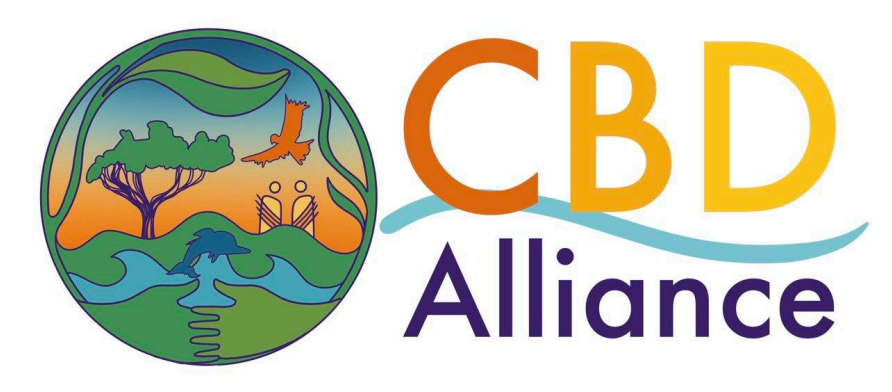Eva Sirinathsinghji, Third World Network
Emerging applications of living modified organisms (LMOs) present potentially irreversible risks and challenge current risk assessment frameworks. While first-generation living modified (LM) crops—primarily herbicide-tolerant and insect-resistant varieties—have long been criticized for their impacts on biodiversity, health, and traditional agriculture, newer biotech proposals introduce even more complex biosafety concerns.
The biotechnology industry is expanding into riskier domains, broadening the potential species range, trait type, and applications. These new LMOs pose heightened risks due to their potential for uncontrollable spread, persistence, reproductive capability, and unknown ecological impacts. Knowledge gaps about their biology and interactions with ecosystems make thorough risk assessment difficult, especially regarding transboundary movement and the rights of potentially affected communities to free, prior and informed consent.
In response, the Ad Hoc Technical Expert Group (AHTEG) on Risk Assessment has recommended developing further guidance materials in four key areas: LM microorganisms, LM algae, LM fish, and LMOs expressing genome editing machinery for pest or pathogen control. These recommendations should be supported as further guidance is necessary to address the biosafety challenges posed by these applications.
Furthermore, first-generation LM crops continue to threaten food sovereignty and genetic diversity, especially in centres of origin and traditional agricultural systems. As more products including those with genetically stacked traits enter the food supply, long-term and cumulative effects become more pressing concerns. Thus, the development of technical notes on these two topics, as recommended by the AHTEG, would be useful.
The process of developing any further guidance materials needs to be alert to industry attempts to narrow and weaken risk assessments. The guidance materials should be grounded in the precautionary principle and Annex III of the Cartagena Protocol, ensuring comprehensive evaluation of unintended effects. The Protocol must remain a robust regulatory tool—not a formality for approving risky technologies.
